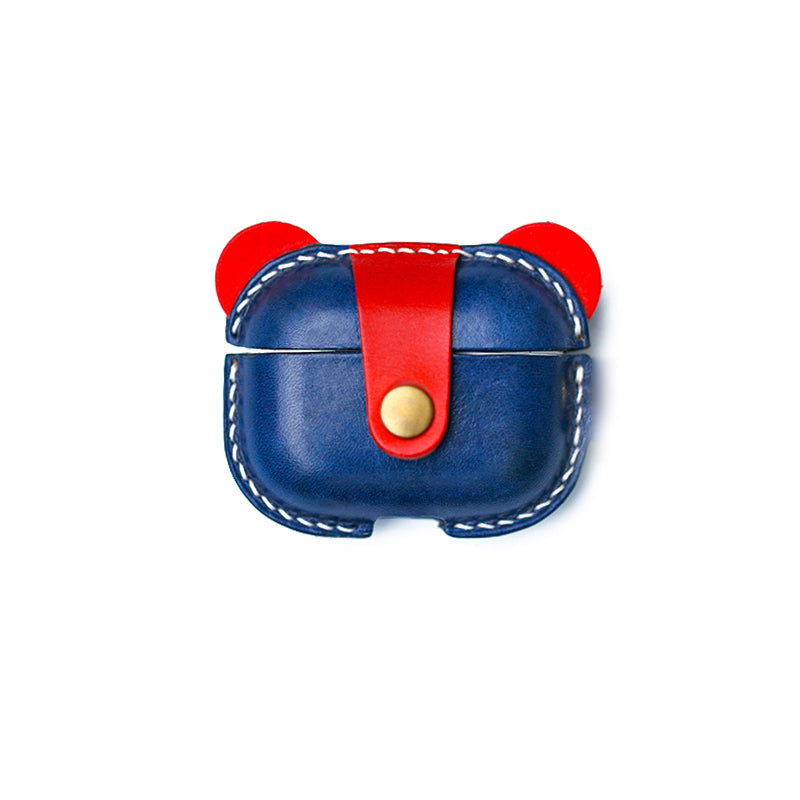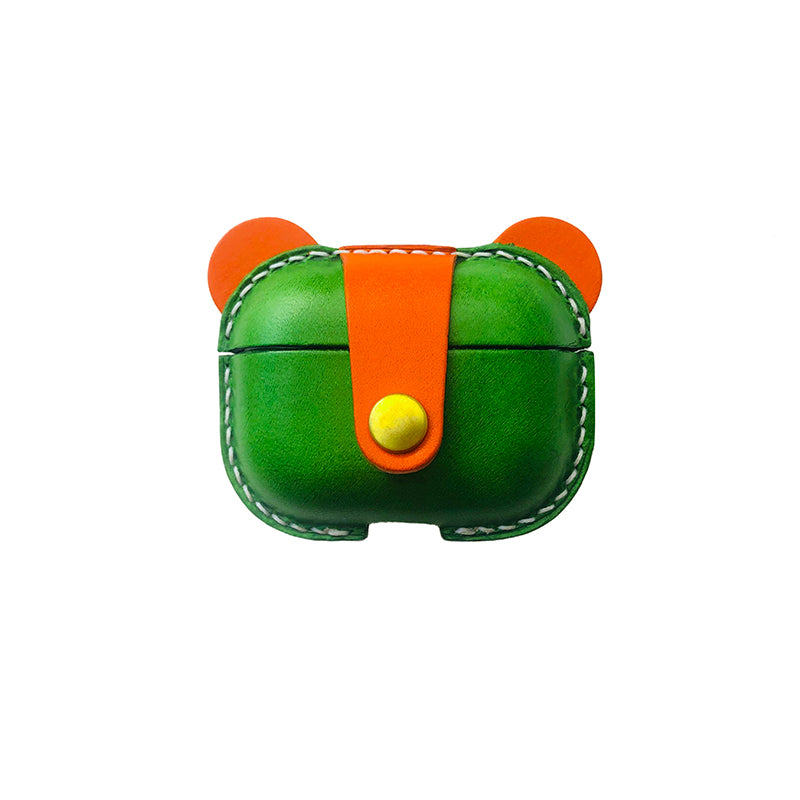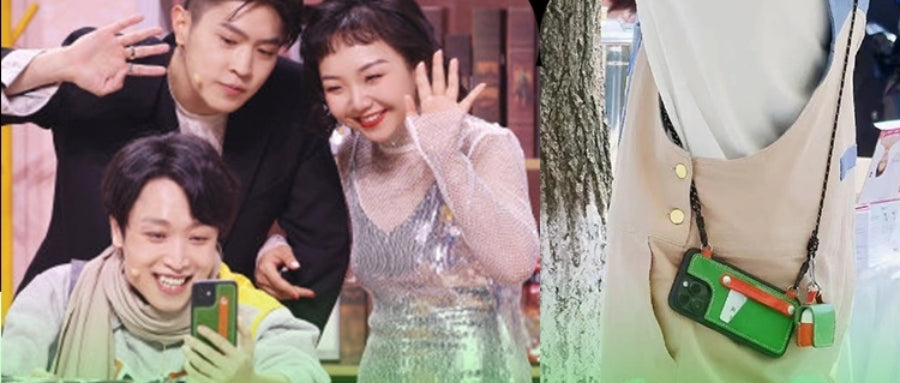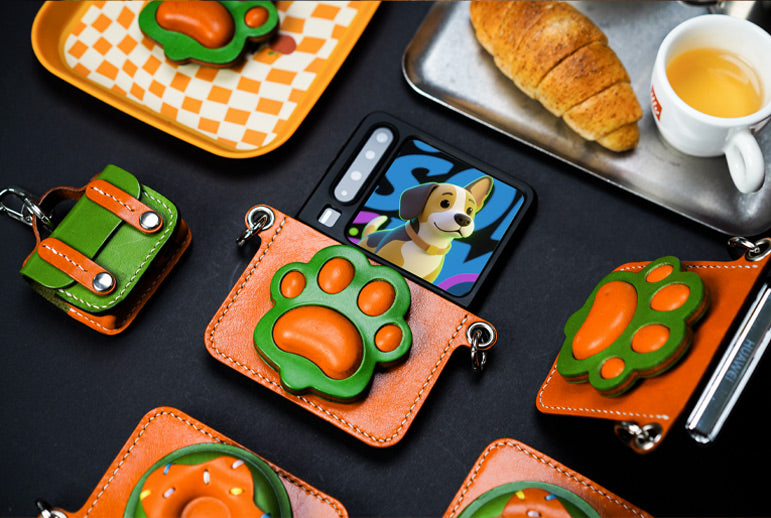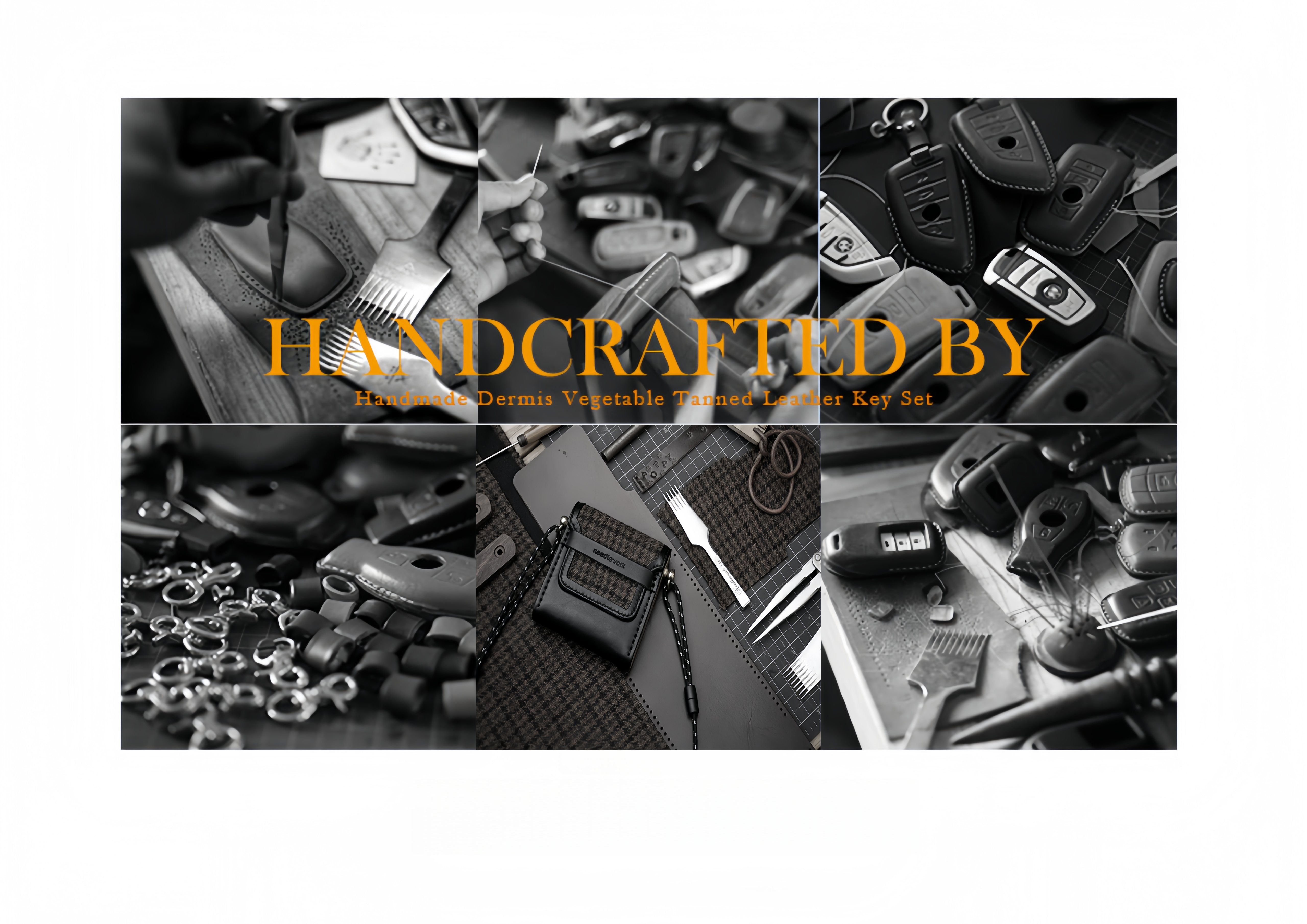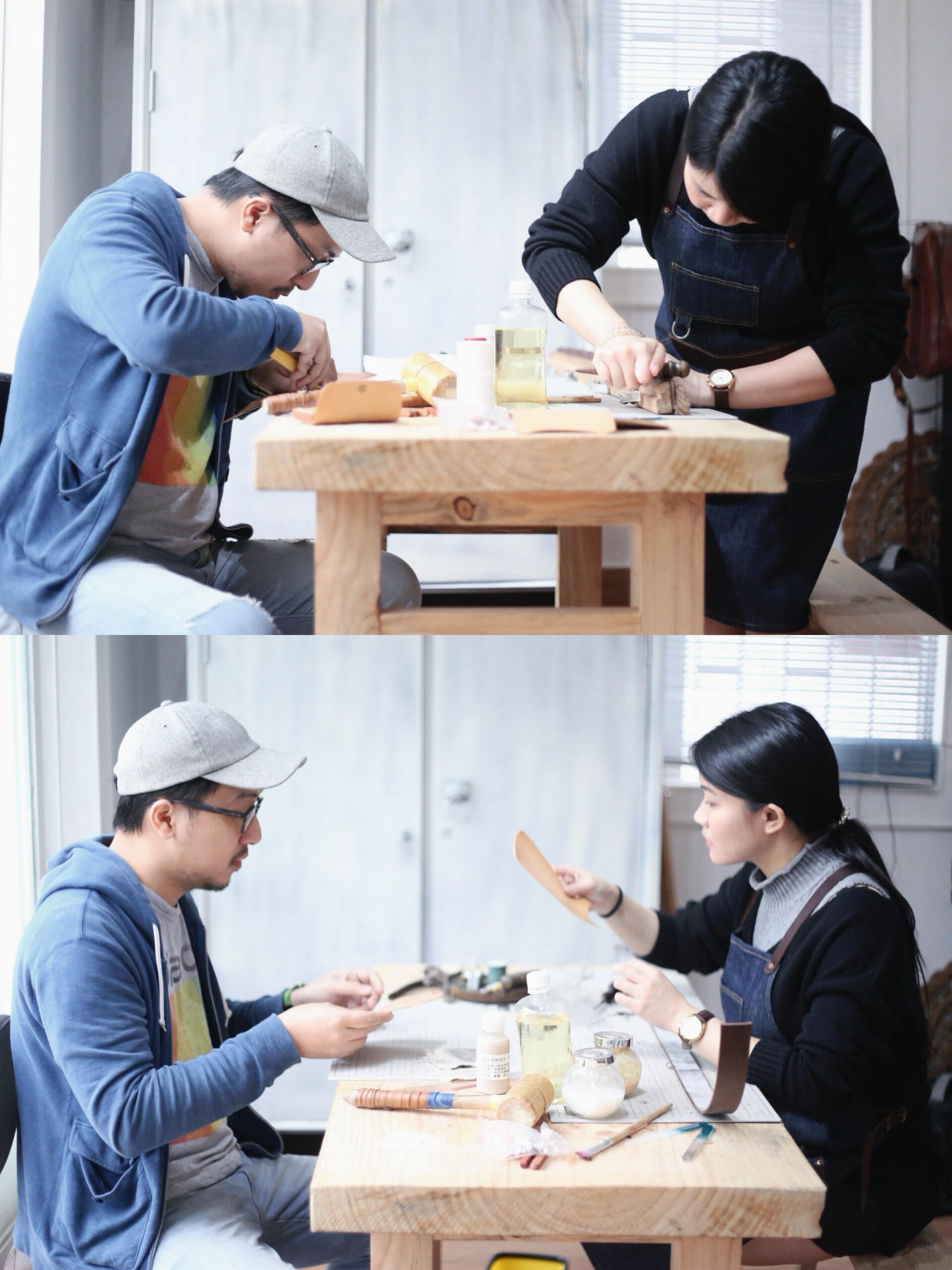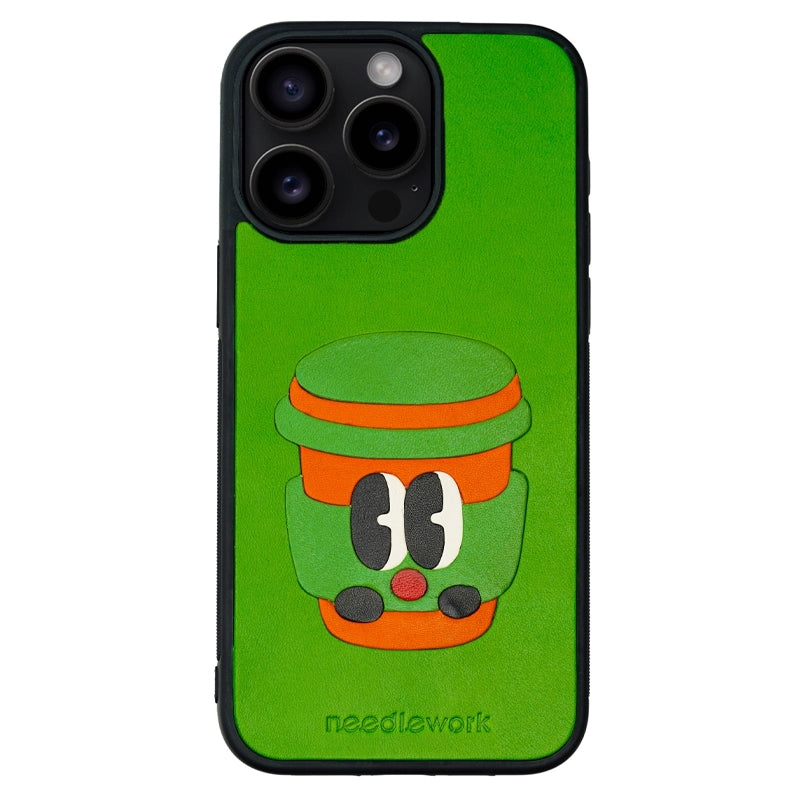- Home
- Needlework handcrafted
- Italian Vegetable - Tanned Leather: The Art of Handmade Crafting and Tool Selection
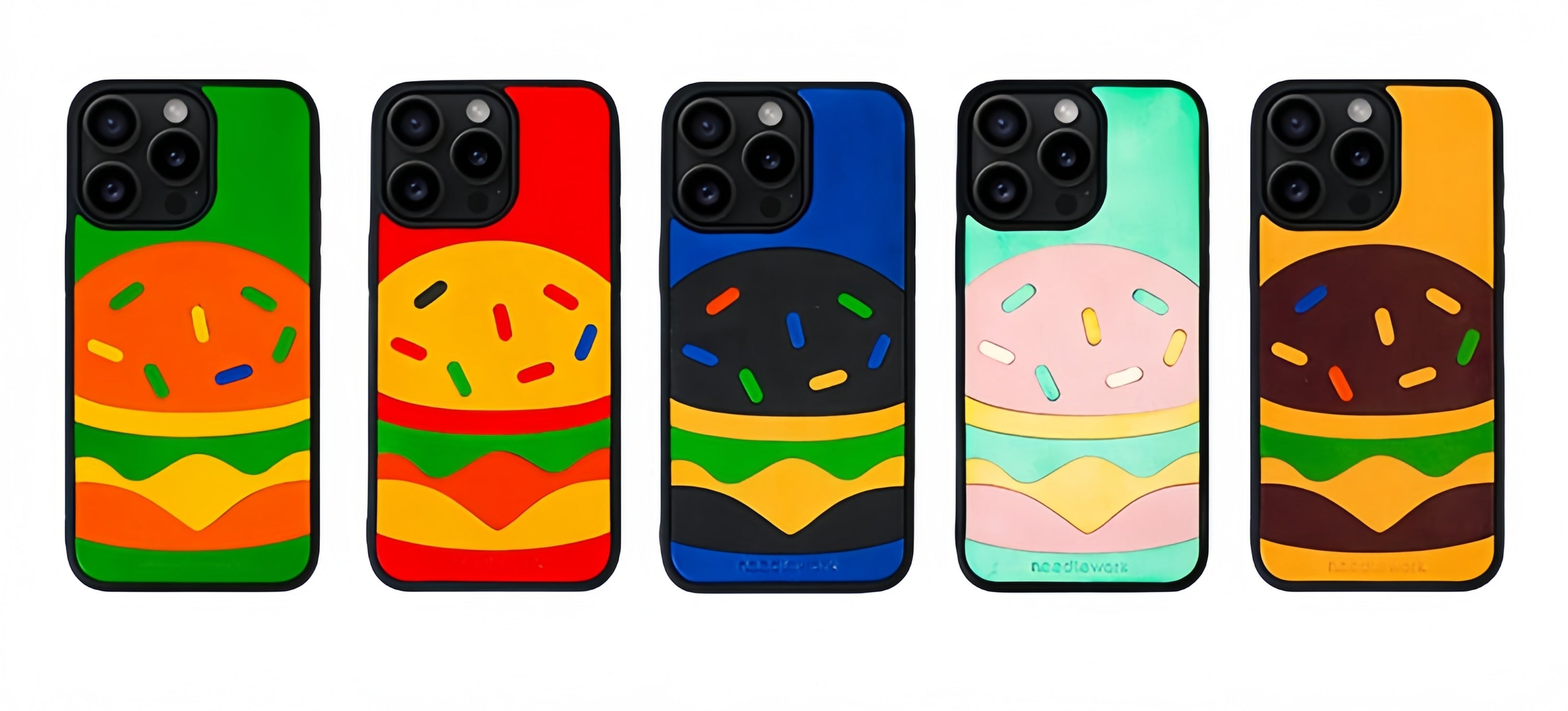
Italian Vegetable - Tanned Leather: The Art of Handmade Crafting and Tool Selection
Post by
Needlework
Jul 08 2025
0 Comments
In the world of leather, Italian vegetable - tanned leather stands out for its exceptional quality and unique charm. Vegetable - tanned leather is processed using natural plant - based tannins, such as tannin extracts. This tanning method not only is environmentally friendly but also endows the leather with good plasticity, breathability, and moisture absorption. Its surface is delicate with clear textures, making it an excellent choice for handmade leather goods. All products of Needlework handcrafted leather studio are use the Italian vegetable - tanned leather to finished. Now, let's delve deep into the handmade crafting process of Italian vegetable - tanned leather and the selection of tools.

I. Understanding Italian Vegetable - Tanned Leather
Italian vegetable - tanned leather mostly uses high - quality cowhide. During the tanning process, natural plant - based tannins extracted from plants, like tannin extracts, are used. This tanning method is not only eco - friendly but also gives the leather good plasticity, breathability, and moisture absorption. Its surface is smooth with distinct textures, making it a top - notch choice for handmade leatherware production.
II. Tool Selection: A Craftsman Must Sharpen His Tools First
(I) Cutting Tools
- Leather Cutting Knife: A high - quality leather cutting knife is crucial for precisely cutting vegetable - tanned leather. The blade needs to be sharp and durable. For example, the Shiroizumi leather cutting knife from Japan has a specially treated edge. It can easily cut through vegetable - tanned leather of different thicknesses, and the cut is neat and smooth, reducing the workload of subsequent polishing.
- Art Knife: For some detailed cutting or trimming of smaller parts, an art knife is very convenient. You can choose a style with easy - to - replace blades and a comfortable grip to ensure flexibility and safety during operation.
- Steel Ruler and Template: A steel ruler is used for auxiliary measurement and drawing straight lines to ensure cutting accuracy. The template is made according to the designed style of the leather goods and can help quickly and standardly cut out various parts.
(II) Punching Tools
- Diamond Chisel: The diamond chisel is a classic tool for punching holes in vegetable - tanned leather. According to different needs, diamond chisels come in single - tooth, double - tooth, and multi - tooth types, and the tooth pitches also have various specifications such as 3.38mm and 4mm. A 3.38mm tooth pitch creates denser holes, suitable for making delicate and exquisite leather goods; a 4mm tooth pitch is relatively looser, creating a somewhat rougher style.
- Hole Punch: For some larger holes, such as those needed for installing rivets and screws, a hole punch is useful. When choosing, pay attention to whether the diameter specifications of the punch are complete and whether the material of the punch head is hard and wear - resistant.
(III) Sewing Tools
- Hand - Sewing Needle: A special hand - sewing needle is required for hand - sewing vegetable - tanned leather. The needle body should be tough enough, and the eye of the needle should be suitable for the sewing thread used. Commonly used hand - sewing needles include large - eye needles, which are convenient for threading thicker waxed threads.
- Waxed Thread: Waxed thread is an ideal choice for hand - sewing vegetable - tanned leather. It is treated with wax, which not only enhances its wear resistance but also effectively prevents the thread from fraying. For example, the hemp waxed thread from Japan has high strength and a variety of colors, meeting the needs of different leather goods production.
- Diamond Awl: Before sewing, using a diamond awl to further clean and enlarge the holes can make the sewing thread pass through more smoothly and help ensure the uniformity and flatness of the sewing.
(IV) Finishing Tools
- Polishing Stick: The edges of the vegetable - tanned leather after cutting need to be polished to make them smoother. Polishing sticks are usually made of wood or plastic with a 磨砂 texture. By gradually polishing with polishing sticks of different grits, the rough edges of the leather can become delicate.
- Edge Line Tool: It is used to press out neat edge lines on the leather edges, increasing the aesthetics and three - dimensional sense of the leather goods. A high - quality edge line tool can press out clear and uniform edge lines, enhancing the quality of the entire leather goods.
- Leather Edge Sealing Liquid: After polishing, applying leather edge sealing liquid on the leather edges can play a role in waterproofing and wear resistance, and at the same time make the edges smoother and more glossy.
III. Handmade Crafting Process
(I) Design Conception
Before starting the production, determine the type of leather goods to be made, whether it is a wallet, a belt, or a handbag, etc. According to your preferences and actual needs, draw a detailed design drawing, including the size, shape of the leather goods, and the splicing method of each part.
(II) Leather Cutting
Lay the Italian vegetable - tanned leather flat on a clean and smooth workbench. Place the designed template on the leather, and use a steel ruler and a leather cutting knife to cut along the edge of the template. When cutting, avoid the defective parts on the leather, and cut according to the grain direction of the leather to ensure the durability of the leather goods during use.
(III) Punching and Sewing
According to the design requirements, use a diamond chisel to punch holes in the leather. When punching, keep the diamond chisel perpendicular to the leather surface with uniform force to ensure that the punched holes are neat and beautiful. After punching, use a diamond awl to clean the holes, then thread the waxed thread, and use stitching methods such as saddle stitching for sewing. During the sewing process, pay attention to keeping the tightness of the thread consistent, so that the produced leather goods will be strong and beautiful.
(IV) Edge Treatment
Polish the edges of the cut leather. First, use a polishing stick with a coarse grit for initial polishing to remove burrs on the edges, and then use a polishing stick with a fine grit for further fine polishing. After polishing, use an edge line tool to press out edge lines, and finally apply leather edge sealing liquid to make the edges more perfect.
(V) Decoration and Assembly
According to the design, install decorative accessories such as metal buckles and rivets, and complete the assembly of each part of the leather goods. In this step, pay attention to the installation position and firmness of the accessories to ensure the practicality and aesthetics of the leather goods.
The handmade crafting of Italian vegetable - tanned leather is an art full of charm. From the careful selection of tools to the rigorous operation of each production step, it contains the wisdom and painstaking efforts of craftsmen. Through handmade crafting, we can not only create unique leather goods but also deeply feel the natural texture and the charm of time brought by vegetable - tanned leather in the process. If you are also interested in handmade leather goods production, you might as well try to start your handmade journey with Italian vegetable - tanned leather.
Previous post
The Ultimate Guide to Italian Vegetable-Tanned Leather: Selection, Crafting & Care
Next post
The Reason I Choose Needlework handmade Phone Case
Related Posts
My Lifelong Bond with Vegetable-Tanned Leather: From Handmade Toys to a Thriving Studio
Ever since I was a kid, curiosity has been my constant companion—I’ve always been eager to explore new things, especially when it comes to...
Post by
Needlework
Sep 14 2025
Crafting with Care: The Needlework Car Key Cases Designed for Your Beloved Ride
Let’s be real—our cars aren’t just metal and wheels. They’re the silent companions that get us to work on time when the alarm fails,...
Post by
Needlework
Sep 06 2025
Why Celebs Can’t Get Enough of Needlework’s Handmade Leather Phone Cases?
Walk into any A-list stylist’s kit or scroll through a celebrity’s casual OOTD (Outfit of the Day), and you’ll likely spot a common accessory:...
Post by
Needlework
Aug 27 2025
The Making and Birth of Our Foldable Phone Cases: Crafted with Passion and Precision
For months, our inboxes have been flooded with one request: “When will you launch foldable phone cases?” To all our loyal fans who’ve been...
Post by
Needlework
Aug 19 2025
Handcrafted Coffee-Themed Leather Phone Cases – Where Passion Meets Style
Introduction At Needlework, we believe that everyday accessories should reflect your passions. That’s why we’ve crafted a limited-edition coffee-themed leather phone case collection, designed for...
Post by
Needlework
Aug 13 2025
Official Announcement: Needlework’s Authentic Handcrafted Leather – Only Available on Our Official Site
For 13 years, Needlework has stood as a paragon of artisanal leather craftsmanship. Every piece we create—from signature leather bags and wallets to custom...
Post by
Needlework
Aug 06 2025
A Sunny Weekend Story: Crafting Love and Memories at NEEDLEWORK Studio
The sun streamed through the large bay windows of NEEDLEWORK Studio, casting warm golden patches across the wooden workbenches. The air carried notes of...
Post by
Needlework
Jul 31 2025
Find Your Perfect Protective Phone Case
As a popular smartphone brand, iPhone users have diverse needs when it comes to Needlework iPhone cases. Below, we answer some common questions about...
Post by
Needlework
Jul 17 2025







